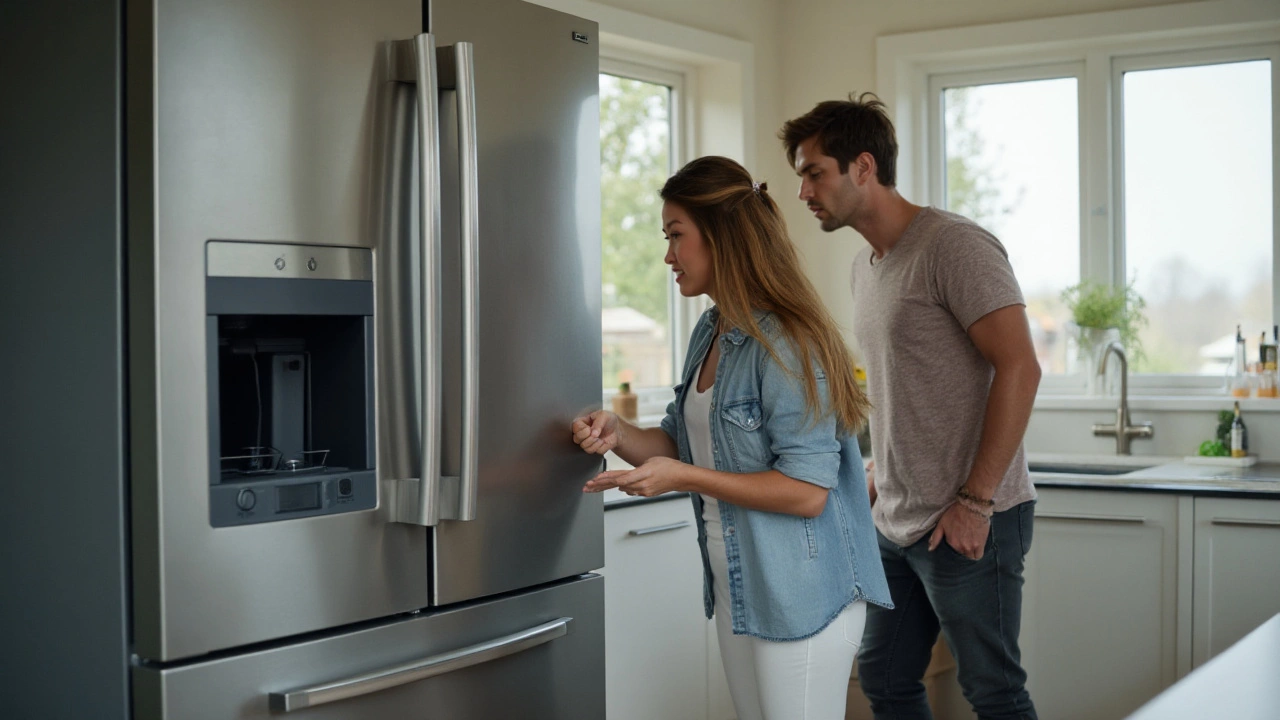Troubleshooting Tips for Home Appliances: Quick Fixes You Can Do Today
Ever turned on the washing machine only to hear a loud clank and wonder what went wrong? You’re not alone. Most of us face a hiccup with a fridge, oven, or water heater at some point. The good news is you don’t always need a technician – many problems can be spotted and solved with a few simple steps. Below are the most useful troubleshooting tips you can try before you pick up the phone.
Spot the Warning Signs Early
The first rule of fixing anything is to notice the clues it gives you. A water heater that keeps resetting, for example, usually points to a faulty thermostat or a build‑up of sediment. Look for error codes on digital displays, strange noises, or occasional leaks – they’re the appliance’s way of shouting for help.
With ovens, uneven heating or occasional “click” sounds often mean a broken heating element or a loose connection. Microwaves that go dead instantly are frequently caused by a blown fuse. And an extractor fan that sounds like a tractor is usually just clogged with grease.
Write down what you see: the exact moment the fault appears, any flashing lights, and how long it lasts. A short note makes it easier to match the symptom with a fix later on.
Simple Fixes You Can Try Right Now
Water heater that won’t stay hot: Turn the power off, let the tank cool, and check the anode rod. If it’s heavily corroded, replace it – it’s cheap and stops the inside from rusting. While you’re there, flush the tank to clear sediment. This alone can stop the constant resetting.
Oven that won’t heat: Unplug, wait a minute, then plug back in – many modern ovens reset after a brief power loss. If the problem persists, inspect the heating element for visible breaks. A quick visual check with a flashlight often tells you if the element is burnt out and needs swapping.
Microwave fuse blown: Remove the microwave from the wall, open the rear panel (use a screwdriver), and locate the fuse – it’s a small glass tube. If the thin wire inside looks dark or broken, replace it with the same amperage rating. Always double‑check the power is off before touching anything.
Extractor fan motor sluggish: Take the fan housing off (usually a few screws) and give the motor a good cleaning. Use a soft brush to remove dust and a damp rag for grease. A little lubrication on the shaft can also quiet a noisy fan and extend its life.
Refrigerator not cooling: Start by cleaning the condenser coils at the back – dust acts like a blanket and makes the compressor work harder. Vacuum the coils, then check the door seals for gaps. A simple rubber wipe can restore a good seal and stop warm air from sneaking in.
If any of these quick fixes don’t solve the issue, note what you tried and call a local repair service. Giving the technician a clear picture of what’s already been done saves time and often the bill.
Remember, safety comes first. Always switch off the appliance at the mains before you open it up, and never attempt a repair that feels beyond your comfort level. A small mistake can turn a simple fix into a costly disaster.
With these troubleshooting tips in your toolbox, you’ll feel more confident tackling common appliance hiccups. Most problems are just a few minutes of detective work away from a solution. And when they’re not, you’ll know exactly what to tell the repair professional – which means a quicker fix and a lower cost.

Discover Why Your Freezer Won't Make Ice Anymore
When your freezer suddenly stops making ice, it can be inconvenient, especially if you rely on your ice maker for chilling beverages or packing a cooler. Understanding common reasons behind this issue, from simple blockages to more complex mechanical failures, can help you address the problem effectively. This article explores possible causes and practical solutions to get your ice maker back in action without unnecessary stress or expense. With the right tips, your freezer will be back to making ice in no time.